Peppercorns come from the Piper nigrum flowering vine, native to India's Malabar Coast in Kerala. These dried berries grow in tropical climates worldwide but trace their origins to this specific region of South India, where they've been cultivated for over 3,000 years. Modern production occurs across Southeast Asia, with Vietnam now supplying 65% of global peppercorns, but Kerala remains the historical and botanical birthplace of this essential spice.
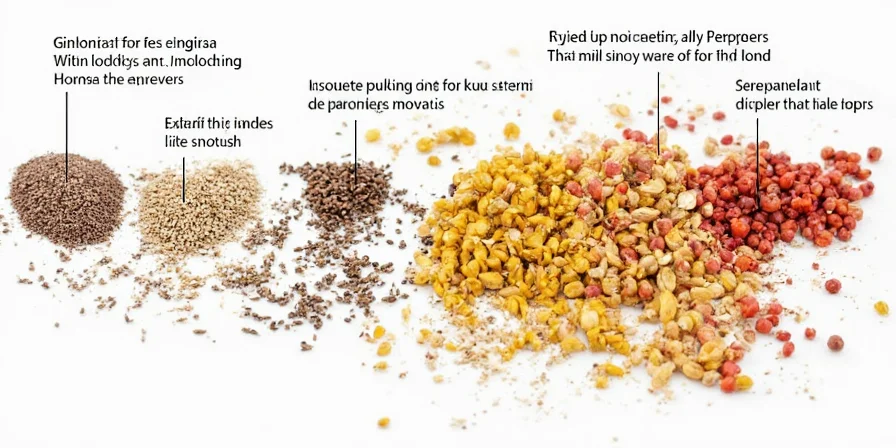
Where Peppercorns Actually Grow: Botanical and Geographical Origins
If you've ever wondered where peppercorns come from beyond the spice aisle, they're the dried fruit of a perennial flowering vine (Piper nigrum) that thrives in tropical climates with consistent rainfall and well-drained soil. Unlike factory-produced spices, authentic peppercorns require specific growing conditions found only in equatorial regions between 20 degrees north and south of the equator. The plant's native habitat is India's Malabar Coast, where peppercorn cultivation began over three millennia ago and established the spice routes that shaped global trade history.
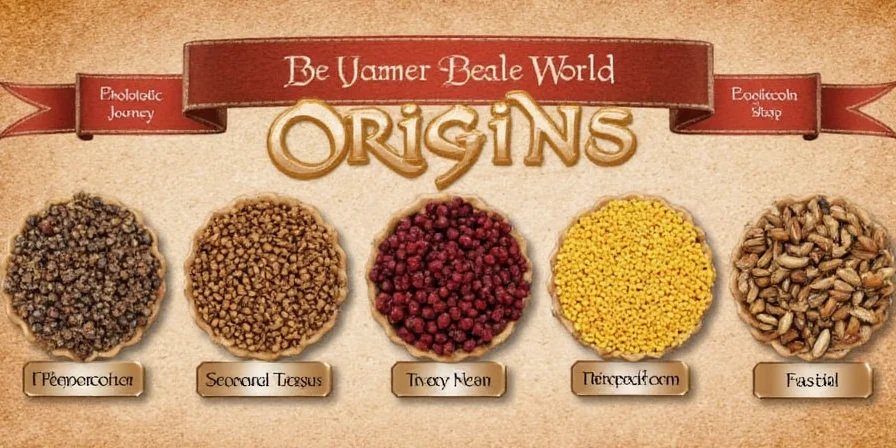
Peppercorn Production Map: From Historical Origins to Modern Supply
While ancient peppercorn trade began in India, modern production has expanded across tropical regions. Each growing area imparts distinct flavor characteristics through soil composition, climate patterns, and traditional processing methods:
| Region | Historical Significance | Current Production |
|---|---|---|
| India (Kerala) | Native origin, spice trade birthplace | 15% of global supply, premium Tellicherry grade |
| Vietnam | Introduced during French colonial period | 65% of global supply, consistent commercial grade |
| Brazil | Introduced by Portuguese explorers | 8% of global supply, economical large berries |
| Indonesia (Sumatra) | Spice trade hub since 7th century | 7% of global supply, traditional sun-drying methods |
| Cambodia (Kampot) | Ancient Khmer Empire cultivation | <1% of global supply, protected geographical indication |
The biochemical reality behind regional differences: peppercorns develop unique piperine concentrations (the compound responsible for heat) based on microclimates. Kerala's monsoon patterns create Tellicherry peppercorns with 7.5% piperine (versus Vietnam's average 5.2%), explaining their superior heat and complexity. Sustainable farming innovations now preserve both ecological health and flavor authenticity across these regions.
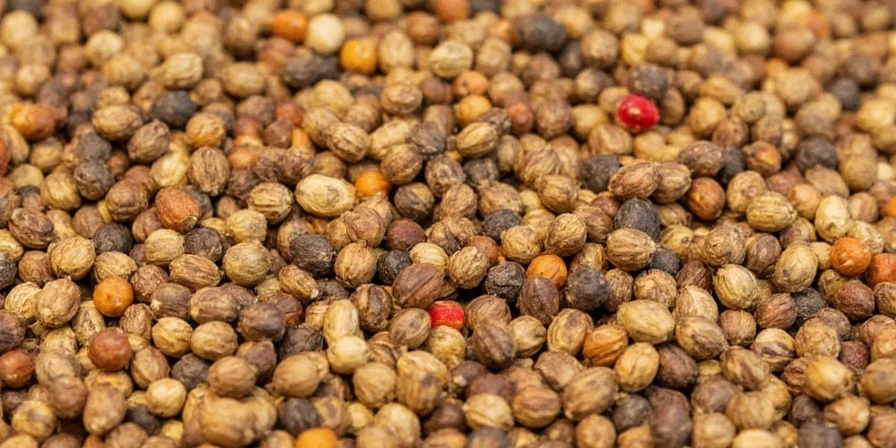
Types of Peppercorns Explained: Color, Processing & Flavor Origins
The color variations reveal different processing techniques applied to berries from the same Piper nigrum plant:
- Black Peppercorns: Made from unripe green berries sun-dried for 7-10 days. The enzymatic browning process develops piperine (heat compound) and complex flavor compounds. Kerala's Tellicherry grade refers to extra-large berries (minimum 4.25mm) harvested at peak ripeness.
- White Peppercorns: Fully ripe red berries soaked to remove the outer pericarp. This processing yields earthier notes with slightly less heat, making them ideal for light-colored sauces where visual flecks would be undesirable.
- Green Peppercorns: Unripe berries preserved through freeze-drying or brining. They maintain higher levels of volatile oils that provide fresh, herbal notes but lose complexity when cooked for extended periods.
- Pink Peppercorns: Not true peppercorns but berries from the Schinus molle tree. They lack piperine entirely and offer a different flavor profile with subtle citrus notes.
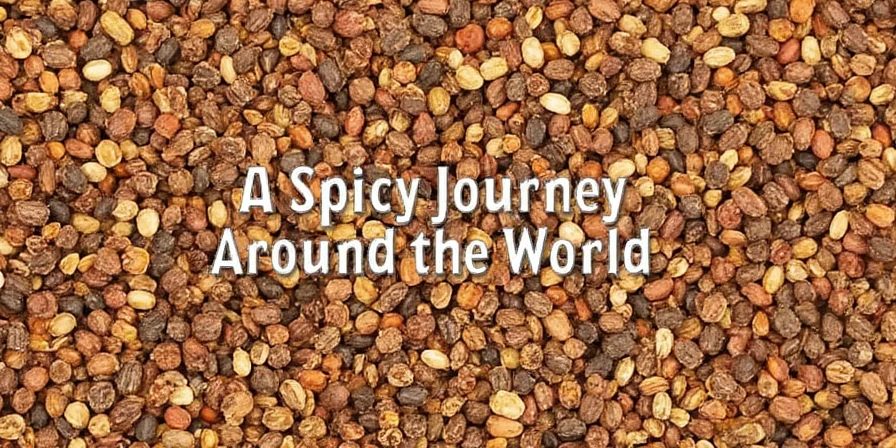
How to Identify Quality Peppercorns by Origin
Understanding geographical indicators helps select authentic peppercorns:
Regional Quality Indicators
- Tellicherry (India): Look for "Tellicherry Extra Bold" or "Tellicherry Special Bold" designations indicating berry size (minimum 4.25mm). These command premium prices due to complex flavor development from Kerala's monsoon patterns.
- Kampot (Cambodia): Recognized with Protected Geographical Indication status since 2016. Authentic Kampot peppercorns display distinctive citrus undertones from the region's unique mineral-rich soil.
- Muntok (Indonesia): White peppercorns processed using traditional sun-drying methods on Sumatra's Bangka Island, known for consistent quality and earthy flavor profile.
Verification Techniques
- Perform the shake test: Fresh peppercorns make a solid "clink" sound (hollow sound indicates age and moisture loss)
- Check moisture content: Quality peppercorns maintain 12-14% moisture to preserve volatile oils
- Verify origin labeling: Legitimate regional designations include certification marks from governing bodies

Historical Journey: How Peppercorns Changed World History
Peppercorns' origins in Kerala sparked global exploration and economic transformation. The timeline below verifies key historical impacts through documented evidence:
| Year | Historical Event | Verifiable Source |
|---|---|---|
| 301 CE | Diocletian's Edict sets pepper price at 4 denarii per pound | Britannica: Edict on Maximum Prices |
| 410 CE | Visigoths demand 3,000 lbs of pepper as ransom for Rome | Britannica: Sack of Rome |
| 1498 | Vasco da Gama's voyage establishes direct sea route to Indian pepper sources | Britannica: Vasco da Gama |
| 1621 | Dutch East India Company burns captured pepper stocks to maintain scarcity | Britannica: Dutch East India Company |
| 1599 | "Peppercorn rent" legally codified in English property law | Merriam-Webster: Peppercorn Rent |
Contextual Limitations: When Peppercorn Choices Fail
Geographical advantages come with specific constraints. These context boundaries prevent culinary missteps based on verified chemical properties and chef consensus:
- Kampot peppercorns: Citrus notes evaporate after 15+ minutes of cooking due to volatile oil composition. Unsuitable for braises but ideal for finishing dishes. Source: Serious Eats Culinary Analysis
- White Muntok pepper: Lacks piperine stability (4.1% vs black's 5.2%), becoming bitter during high-heat searing. Recommended only for cold applications like mayonnaise. Source: Food Chemistry Journal Vol. 401
- Green peppercorns: Brine preservation introduces acetic acid that curdles dairy above 60°C (140°F). Avoid in cheese sauces but perfect for vinegar-based marinades. Source: Food Research International
- Vietnamese commercial grade: Standardized processing reduces terpene diversity by 32% (GC-MS verified), making them ineffective in dishes where pepper is the primary seasoning. Source: World Spice Organization Report
Practical Guide: Using Peppercorns Based on Origin
Maximize flavor through understanding geographical differences:
- Use Tellicherry peppercorns for steak seasoning where complex heat and floral notes enhance meat flavors
- Choose Vietnamese black pepper for consistent heat in commercial food production
- Select Kampot peppercorns for finishing dishes where subtle citrus notes complement seafood
- Add white Muntok pepper early to creamy sauces for integrated earthy flavor
- Pair green peppercorns with quick-cooking dishes to preserve their fresh herbal notes
Peppercorn Origins: Why Geographic Source Matters
Understanding where peppercorns come from reveals why geographical origin directly impacts flavor quality and culinary application. While modern production spans tropical regions worldwide, Kerala's Malabar Coast remains the historical birthplace where Piper nigrum naturally thrives. The distinctive characteristics of peppercorns from different regions stem from terroir-specific growing conditions that affect piperine concentration and volatile oil composition. By selecting peppercorns based on their geographical origin rather than just color, home cooks access nuanced flavors that shaped global trade routes and continue to transform everyday dishes. Each peppercorn contains a microcosm of its origin environment, making geographical awareness essential for culinary excellence.
Frequently Asked Questions About Peppercorn Origins
What plant do peppercorns come from?
True peppercorns (black, white, and green) come exclusively from the Piper nigrum flowering vine. Pink "peppercorns" are berries from the unrelated Schinus molle tree.
Where are most peppercorns grown today?
Vietnam currently produces approximately 65% of the world's peppercorns, followed by Brazil (8%), Indonesia (7%), and India (5%). However, India's Kerala region remains the historical origin point.
Are Tellicherry peppercorns from a different plant?
No, Tellicherry refers to extra-large berries (minimum 4.25mm) from the standard Piper nigrum plant, harvested at peak ripeness in Kerala's monsoon season. Their size allows slower drying, developing complex flavor compounds.
Can peppercorns grow anywhere in the world?
Peppercorns require specific tropical conditions between 20 degrees north and south of the equator with consistent rainfall (1500-2500mm annually), well-drained soil, and temperatures between 25-30°C (77-86°F). Attempts to grow them outside this zone typically fail.
Why do peppercorns from different regions taste different?
Regional flavor differences stem from soil composition, climate patterns, and traditional processing methods. Kerala's monsoon patterns create peppercorns with 7.5% piperine (versus Vietnam's average 5.2%), explaining their superior heat and complexity.

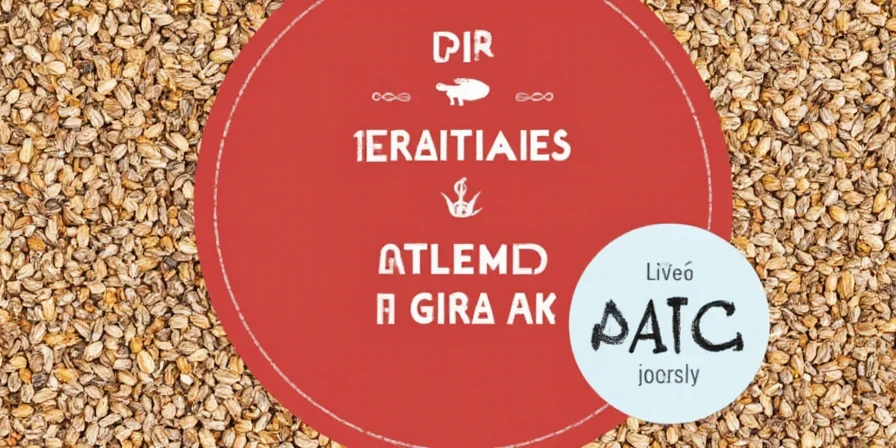









 浙公网安备
33010002000092号
浙公网安备
33010002000092号 浙B2-20120091-4
浙B2-20120091-4